Presentation at Automotive Ethernet Congress: Automotive Multi-gigabit is Optical
With new challenges like automated driving and electric power trains, In-Vehicle Network (IVN) requirements are quickly evolving. The IVN has to support use cases such as the vehicle data backbone, smart antennas, ADAS cameras/sensors, displays, and data loggers, which demand higher data bandwidth while maintaining the reliability level required by the automotive industry. When considering a standard technology to support the target use cases, it is clear that the requirements are not all met by any existing communication standard, including the optical 10GBASE-SR. It is thus necessary to define a new IVN standard for multi-gigabit optical communications in the automotive environment.
On June 2, 2022 at 10:30 CEST, Carlos Pardo will give the presentation “Automotive Optical Ethernet Reaching for 50 Gb/s” at the Automotive Ethernet Congress in Munich, Germany. At stand 26 in the exhibition area, we will present latest highlights of our optical in-vehicle network technology from June 1 to 2. Carlos and our team look forward to meeting you in Munich. Please contact us to set up a date. We are happy to pass on a 10 percent discount to our customers and business fellows. For registration, please visit the event website and use the discount code: SC2022AEC
Automotive Optical Ethernet Reaching for 50 Gb/s
A new optical automotive IVN communication standard is currently under development within IEEE under the name 802.3cz. It is supported by several industry-leading companies. The new standard will cover rates up to 50 Gb/s, will support several in-line connectors and will have BER better than 10-12 with ECU ambient operation temperature from -40ºC up to 105ºC in harsh automotive environments. High reliability and outstanding EMC compliance will also be fulfilled.
In parallel with the standardization effort, KDPOF is developing an optical transceiver capable of supporting the new standard requirements. It will enjoy low power dissipation and automotive industry-standard cost. KDPOF´s new optical port is based on a small and scalable connector with a minimal PCB area impact. The new KDPOF technology will enable symmetric links, as well as strongly unbalanced upstream/downstream rates suitable for applications such as sensors, cameras and displays.
As the auto industry approaches the 100 Gb/s*m speed-length threshold, the need to move away from copper and toward optical physical data transmission media is becoming mandatory. Copper transmission may try to cope with the new requirement by adding parallel lanes, thicker cables and shielding, impacting the cost and weight of cables as well as their mechanical flexibility and port size. Moreover, copper ports will require a higher DSP complexity, which quickly translates to high power consumption and bigger latencies. Last but not least, copper will operate at higher signal amplitude to comply with the required error rate, which will result in a worse EMC behavior and will also penalize power consumption.
Optical is the engineering-wise path for higher data rates. It will support Energy-Efficient Ethernet and wake-up & sleep. The technology in development by KDPOF is based on advanced digital signal processing and on high-speed ADC to implement all the needed algorithms. Key elements of the communication system, where several industry leaders are also working, are the VCSEL, multimode fibers, cable structure and connectors.
For the latest update on the IEEE standardization, please also see the press release: Proposed IEEE Optical Multi-gigabit Automotive Standard Achieves Milestone
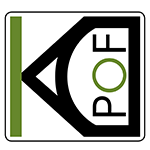
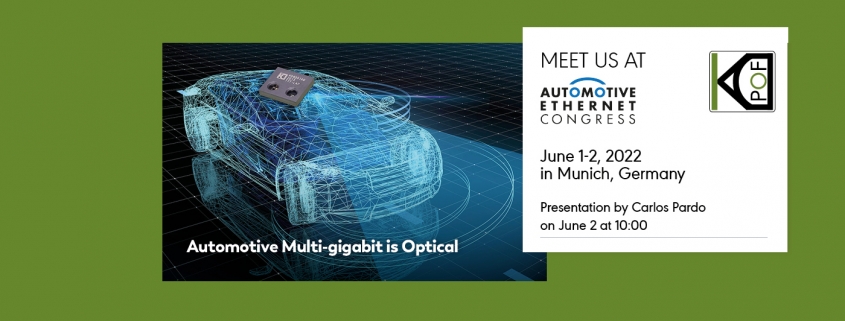


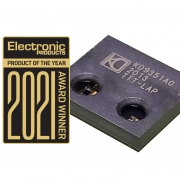

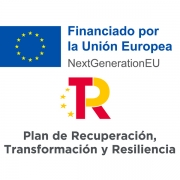
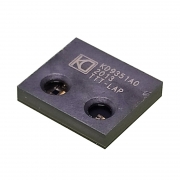
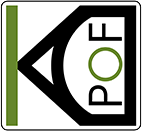

 Renesas
Renesas